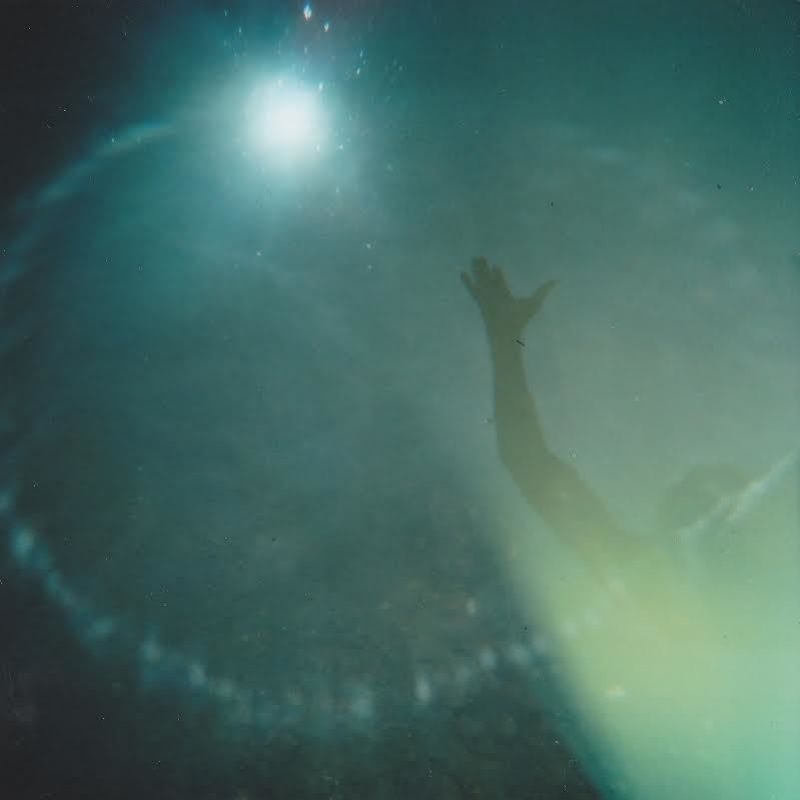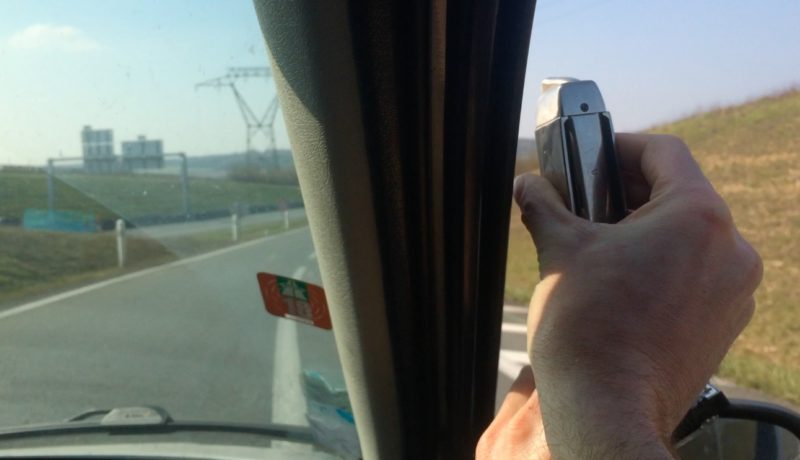Aymeric De Tapol

Niels Latomme
How are you?
Aymeric De Tapol
I’m very good, and you? Can you see me?
NL
No I don’t.
ADT
I don’t know how it works… Annuler, préférences… Ok… Did you finish later.
NL
Did I finish late?
ADT
Last night, I mean.
NL
Ah, not at all.
ADT
I have a problem with the camera, I don’t understand… Give me two seconds. RRRRR… Why! Fuck I don’t understand, but we can do the interview like that.
NL
OK, are you ready?
ADT
Yeah!
NL
I have some serious questions for you. The bio told me that you’re working on ‘climatic music’, what does it mean?
ADT
I worked on that a couple of years ago. I made pieces out of field recordings of all sorts of weather. Partly I wanted to create music of desert islands. I was also reading a book about the symbolic meaning of sound in the Middle Ages: people were very frightened and saw mystic meanings in wind, or storm. It still makes sense if you try to understand how certain frequencies work and which meaning they have. A lot of references and meaning related to certain frequencies still refer to Catholicism. For instance, if you want to create a scary mood in a movie, you use certain bass sounds in the soundtrack.
NL
‘Climatic music’ was for you a research on how certain emotions and moods in music relate to natural elements?
ADT
Yes, and how we understand music nowadays. The release on VLEK, Les Horizons talks also about that.
NL
The VLEK record displays a more electronic, abstract and synthesized array of sounds. How do they relate to the idea of natural and organic —what you would call ‘climatic’ — sounding music?
ADT
Actually, for Les Horizons I tried to remember the feelings and emotions of “extase” in front of nature.
NL
Are you drawn towards they idea of ‘the sublime’?
ADT
I never thought about it in this way, but yes, maybe I do. It’s about the overwhelming feeling you have if you are witnessing and experiencing nature in a pure way. They’re similar experiences: being absorbed by the nature and by listening to drone/minimal music. Especially if you take into account that in this kind of music you can feel the mysterious sounds that you cannot perceive by the ears. For instance the very low frequencies the sun is transmitting. Or the sound of the Aureoles Borealis.
I am in search of transcendent music, although I can’t find it.
NL
You didn’t find it yet?
ADT
(Laughs) No no, of course not. Like the guys who were looking for the Jürgenson’s frequency — or the so-called ‘electronic voice phenomenon’. These guys were listening to megahertz frequencies on the radio. The idea is pretty great, but they ended up listening to meaningless noise music all the time. And in it, they heard all these mystical voices. It’s something very vague, but a lot of people took it very serious… Me too.
NL
The single on Lexi, is completely different compared to your electro acoustic records.
ADT
I have an organ in the living room that I like to play. I worked one year on the tracks, because I couldn’t play melodies. I do a lot of different music. It’s good for the energy, and I cannot focus to work on one project at the same time. I’m too chaotic.
I started making music in 2000. Before that I played bongos and congas in a Cuban band. Now I focus more on repetitive music, simple music with an oscillator. It’s nothing new though, but I really enjoy it. It’s kind of dance for the brain, and I’m lost in it. I don’t know what I do, once I start playing live.
NL
That’s again the sublime, no?
ADT
Maybe… (laughs).
NL
Are you an analogue guy?
ADT
I don’t care so much… I see sound as a laboratory in which I can play around, and some things shouldn’t be finished. You can start for instance with a flute, record it in a car and make a huge drone out of it. And I don’t feel the need to make a piece out of it.
Live I mix all these sorts of digital and analogue sounds and recordings. I’d like to make a scenario with it. Maybe I need to be more precise, and reduce the sources. But I’m too chaotic for that. I’m not a minimalist.
NL
If you make a piece, a recording or playing live, do you think linear? Or do you like to work in a certain context where a piece not necessarily has an end, a beginning, or a narrative in between?
ADT
It’s complicated, as I’m listening to a lot of music that inspires me. Playing a live concert needs a different approach then working in the studio. I don’t take live things into the studio and finish it for a recording, or vice versa… But I don’t know if I have answered your question though…
NL
No you didn’t.
ADT
(Laughs).
NL
What is your background?
ADT
I was an arts student in Toulouse. At that time there were no studies that focus on sound in arts, which is a shame, as France has a huge history in that. For instance Fluxus and Futurism. But nobody was talking about that in the art school. In 1999 I started making music, when I went to Africa for 3 months. The Meridian tape (Tanuki) consists out of these recordings. In 2000 I started with my first computer and sound card. I was completely into Max/MSP and all that, and it evolved into the chaos that I’m doing now.

NL
You told me that you were in France last week, to work on this old synthesizer?
ADT
I gave a lecture there and there was one teacher who was part of the GMEB, who have this really old synthesizer in the studio. It seems that it was a super machine build for working with kids. You can play with the tape and oscillator. It is pretty rare to meet this old people and find instruments like this, because there is no budget to take care of these old machines, and the studios don’t care about it.
For the album ‘Talking with a Dinosaur’ (angström) I went to the GRM (Groupe De Recherches Musicales, Paris), to use a similar instrument. In 1966 a technician created this synthesizer for Pierre Schaeffer. To name a few, Francois Bayle, Matmos, Pan sonic and Francois Bonnet used it before. I knew Christian Zanesi, the director of GRM, so I contacted him.
The record is a research in audio archaeology, with field recordings of a sleeping machine. I started with the question how I could make a record without any effects or processing. Like making music with the sound of a stone. I composed short pieces and I left them like that, as raw material. The titles refer to animal, computer and human language.
NL
How do you see yourself in the Brussels scene?
ADT
I like it a lot because there is a big variety of people. In France it used to be more monocultural. Genres don’t exist in Brussels and it’s inspiring. In France, I felt, as being part of an electro acoustic scene where I always had to use 60 speakers. The result, of course, was that I couldn’t play more than 2 gigs in one year. In Brussels, I started to realize that I perfectly could do whatever I want. And I can share more with people, who are not coming for only one background, but who are interested in several things. I like that a lot.
NL
Is it because the scene is more open? That people don’t worry so much about the idea of ‘difficult’ music?
ADT
It’s a political question. Experimental music started out from some sort of opposition, I feel. It was about creating something as different as possible. We are now in this ocean of all these possibilities. But the DIY models are still very essential. If people want to show the laboratory of a sound, they can do it and we can accept that. It’s a little political action.
NL
Is it against something, for you?
ADT
No, it’s about proposing an alternative. There is also good music in the mainstream. Icannot separate underground and mainstream, ‘cause it’s a huge feedback of exchange’. You see for instance in hip hop that a lot of mainstream artists are working on strange stuff sound wise. But it is important that people have the chance to express themselves more free, and take time to listen to other people. That’s why I like the Brussels scene so much. It’s important to share music like that, in small places, and it’s not easy.